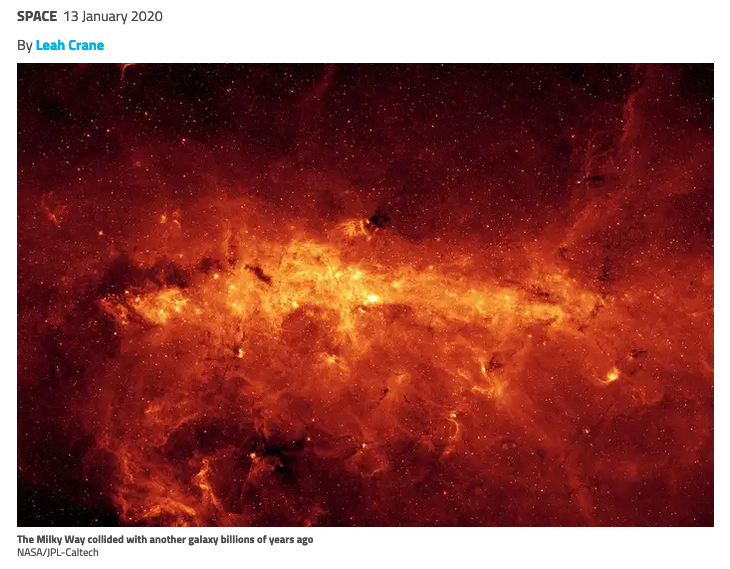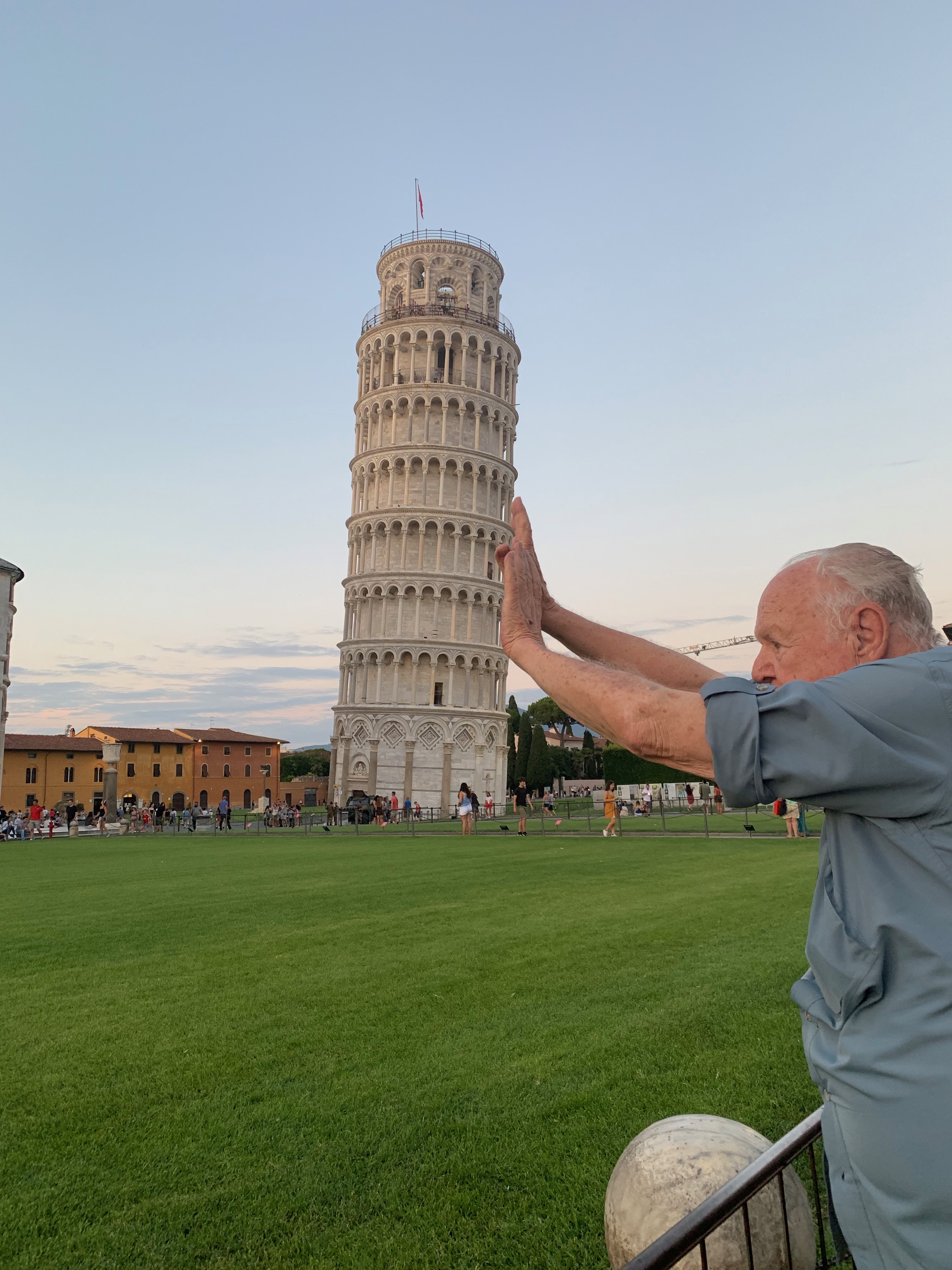
We now know when our galaxy had its last meal. The Milky Way devoured another galaxy, called Gaia-Enceladus, in what may have been the biggest galactic merger in its history, and now astronomers have used a single star to get a better idea of when it happened.
In 2018, astronomers using data from the European Space Agency’s Gaia spacecraft figured out that the Milky Way ate another galaxy, after spying some stars moving in strange sausage-shaped orbits. Those stars also had slightly different chemical compositions from stars that were born in our galaxy, indicating that they must have come from somewhere else.
To determine when the merger took place, William Chaplin at the University of Birmingham, UK, and his colleagues used NASA’s Transiting Exoplanet Survey Satellite (TESS) to observe a bright star called nu Indi (ν Indi).
Read more: A cosmic collision may be coming for our galaxy sooner than we thought
With TESS, they could see waves passing through the plasma at the surface of nu Indi. “Those waves traverse the region deep within the star where changes to the structure of the star as it ages are very noticeable,” says Chaplin. “This gives us an unprecedented, unique opportunity to go to the heart of a star to check how old it is.” They found that it was about 11 billion years old.
Data from other observatories showed that nu Indi has the same composition as stars that were born in the Milky Way, so it is probably also native to our galaxy. However, it is moving faster than we would expect if it had had a peaceful evolution, which means that it was probably accelerated by the winds and turbulence of the merger with Gaia-Enceladus.
If nu Indi was around at the peak of the cosmic merger, the cataclysm probably started about 11.6 billion years ago at most, the team concluded. “This demonstrates what it’s possible to do with one single star when you have this whole wealth of data on it,” says Chaplin. “It all goes to helping us understand how the galaxy has evolved and how the population of stars in it have evolved.”
Journal reference: Nature Astronomy, DOI: 10.1038/s41550-019-0975-9
Read more: https://www.newscientist.com/article/2229836-a-single-star-has-let-us-put-a-date-on-our-galaxys-last-cosmic-meal/#ixzz6B11VcuFA
